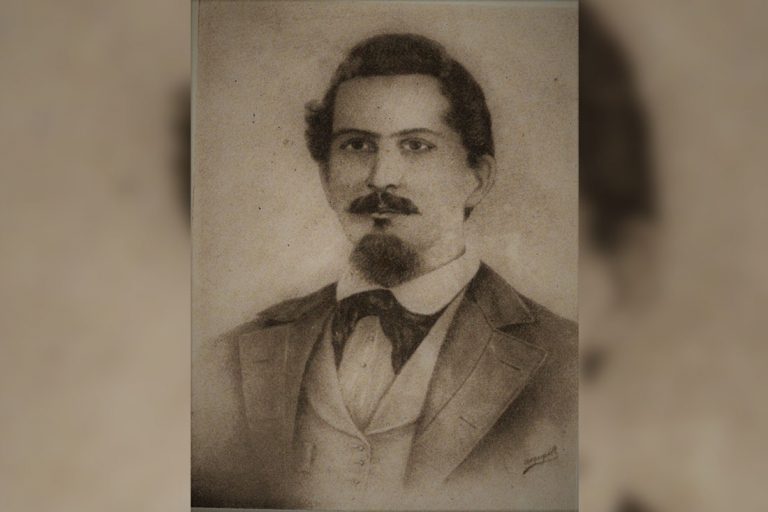Miguel Rivas Agüero careful of history
Historiography cast a skeptical look at Joaquín Jacinto de Agüero y Agüero, who took up arms to fight for the freedom of Cuba, on a date as symbolic as July 4th, 1851. Fair reasons or not, the historians choose to frame him at a juncture where in certain circles the acceptance of the annexation option to the United States would have been debated. However, Agüero did not represent more than a man in his epochal context, who was not worth transpolating to the independence fired by the radical Enlightenment, associated to the Ten Years’ War.
The committed profession of the historian
Although Rivas Agüero was descended from the leader of the San Francisco de Jucaral uprising, he was not partial to one side or the other of polemics and he stuck to summarizing scattered historical data relative to the hero. However, the Lex Editorial of Havana would publish Joaquín de Agüero and his companions. 1851 – 1951, work completed on August 9th, 1951. There an informative treasure was captured to clear doubts from the teacher and patriot, who without authorization from the colonial government released eight slaves and traveled to Philadelphia, in the United States.
The contribution of the text
The sui generis text captured the history itself and the conscience of those rebels; and to reinforce Cubanness and nationality and glorify the initiators of Cuba’s first struggles. It was no accident. The text came out seven months before the coup d’état given to the Republic by Fulgencio Batista; two before the assault by Fidel Castro on the Moncada barracks; and five before the disembarkation of the expedition members of the Granma yacht to bring definitive freedom to Cuba.
The book in the native land of Joaquín de Agüero
With a scarce circulation, the text was for sale in La Cultural and Lavernia, but it managed to name schools, streets, squares and rural neighborhoods. Although when it came to light in 1906, Manuel Emiliano Agüero y Piloña, cousin of the martyr, would have managed a pyramidal obelisk with a mourning cup that teachers and students from the “Luz Caballero” and “November 27th” schools unveiled, on October 10th, 1913. And it could even be said that between the lines of the book is hidden an exhortation of the Martyrs of ’51: “If the occasion arises: we must take up arms to defend that history, the freedom and the integrity of the homeland!”
Translated by: Aileen Álvarez García






